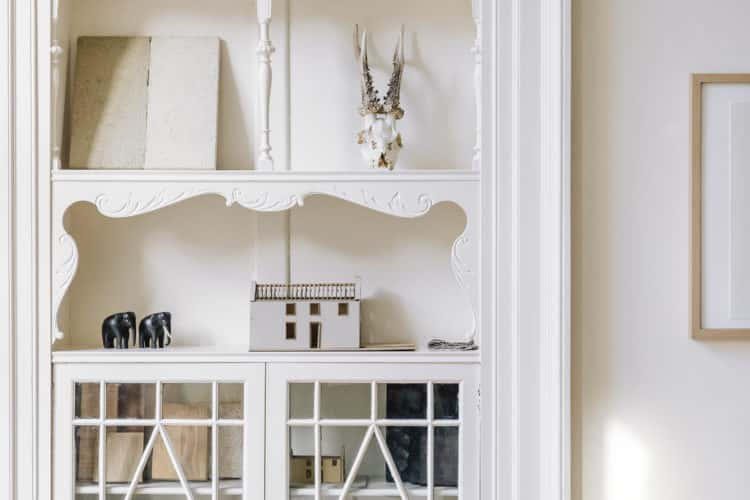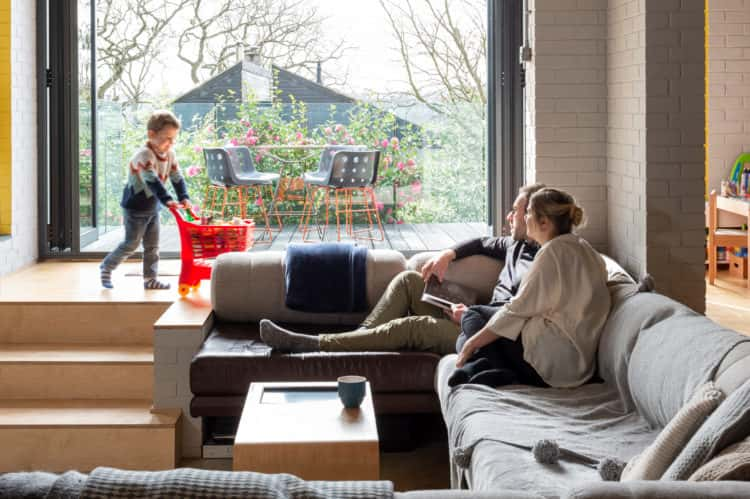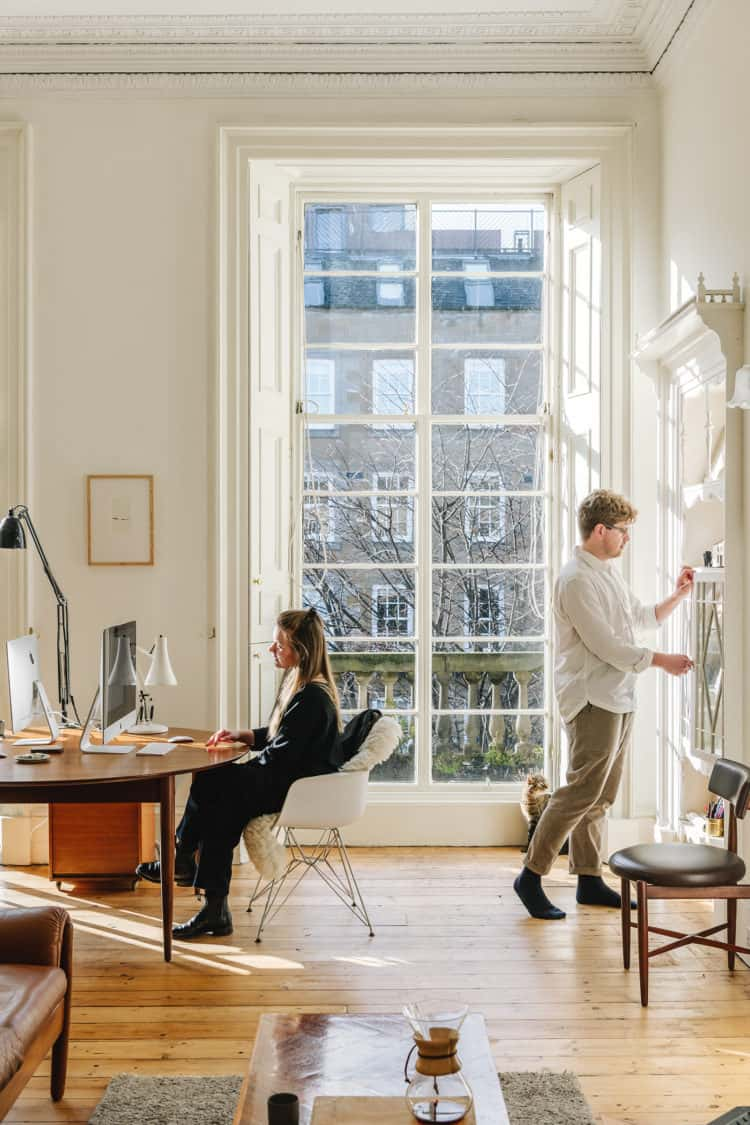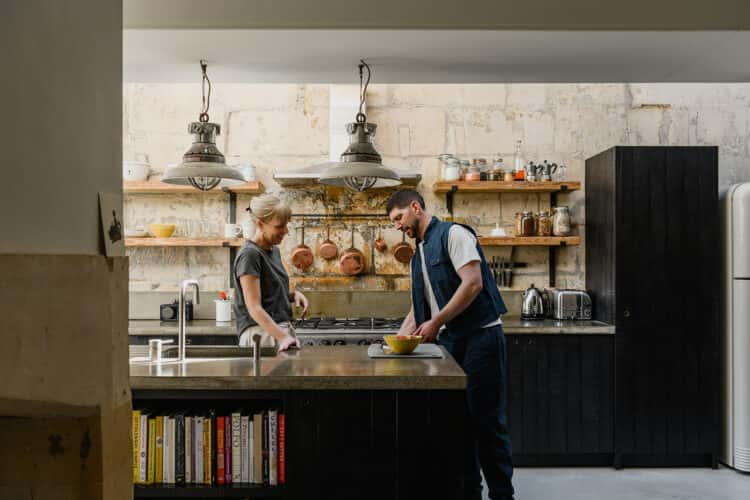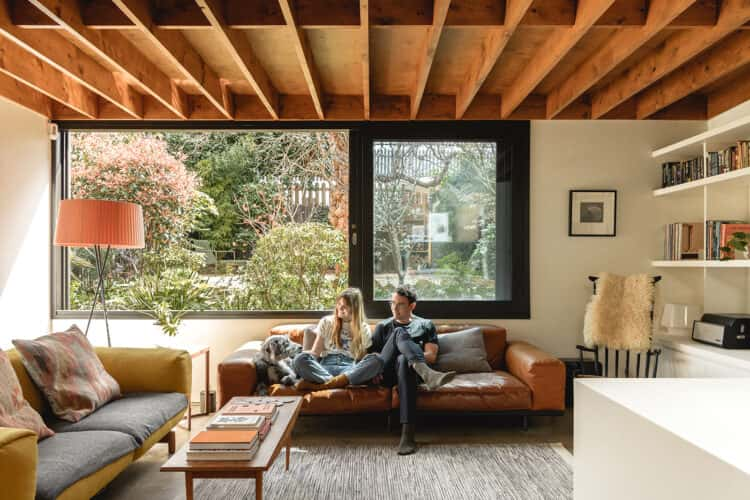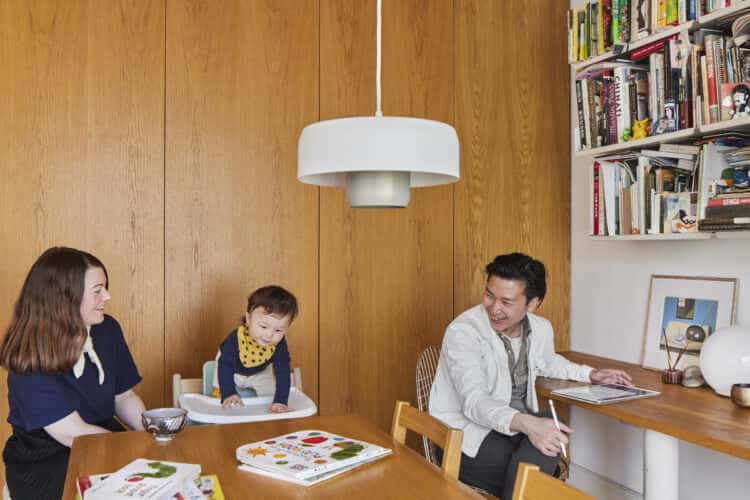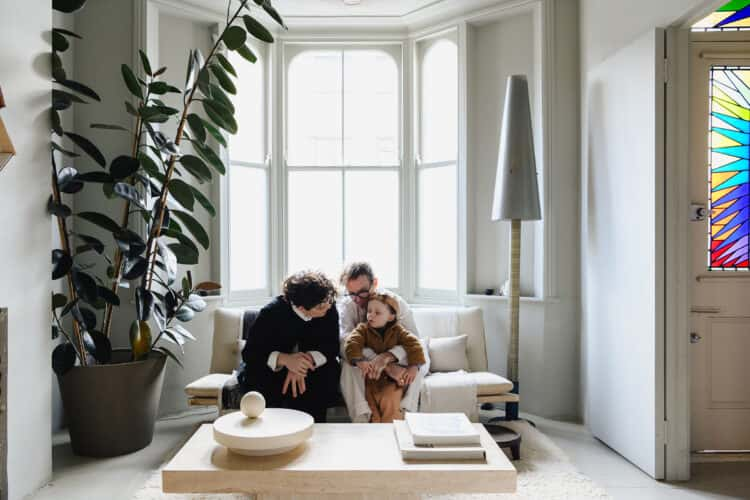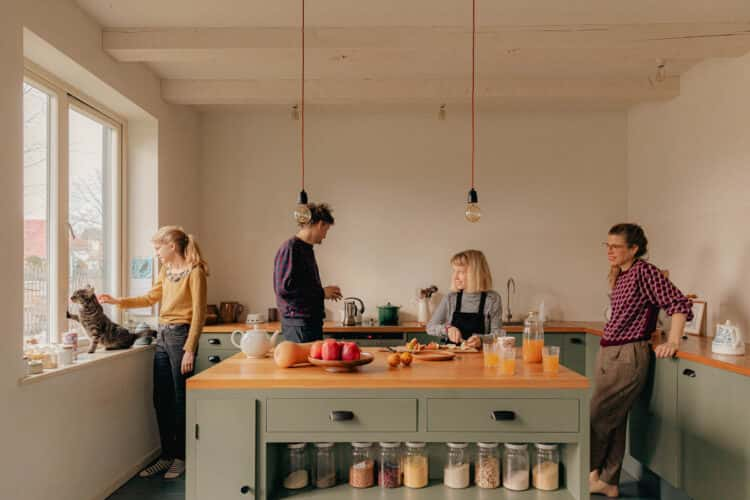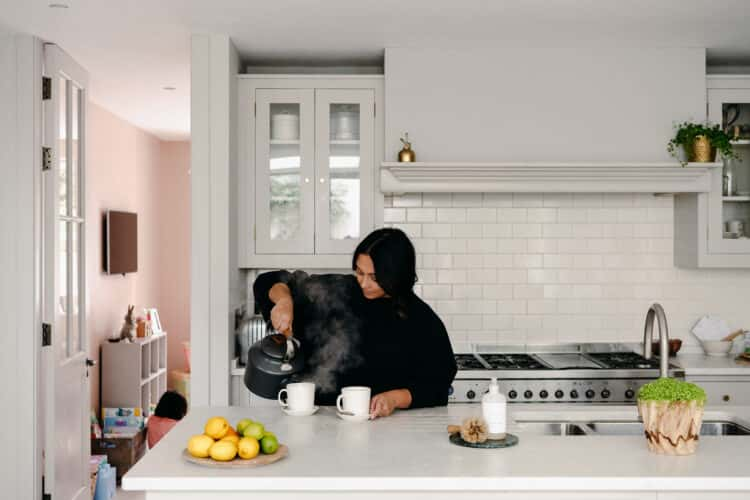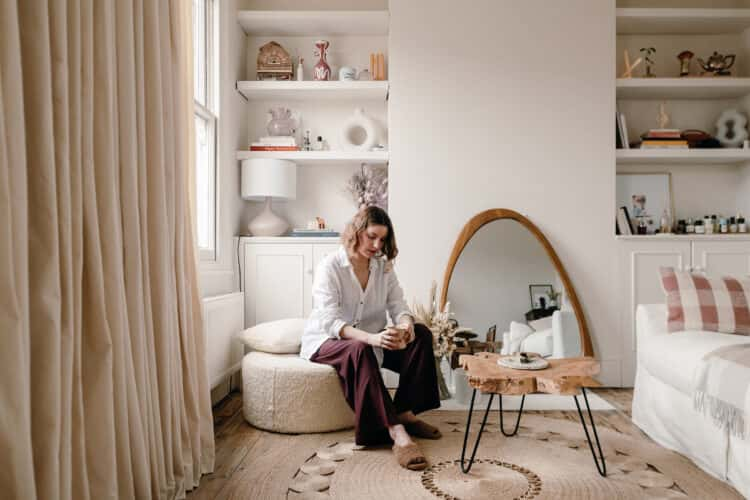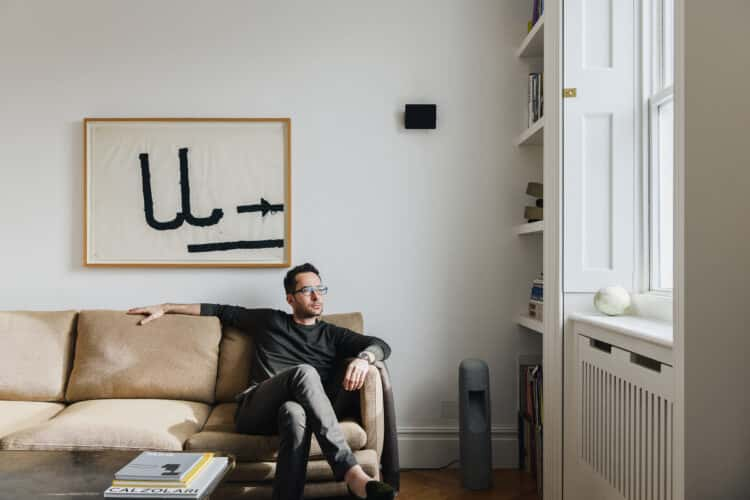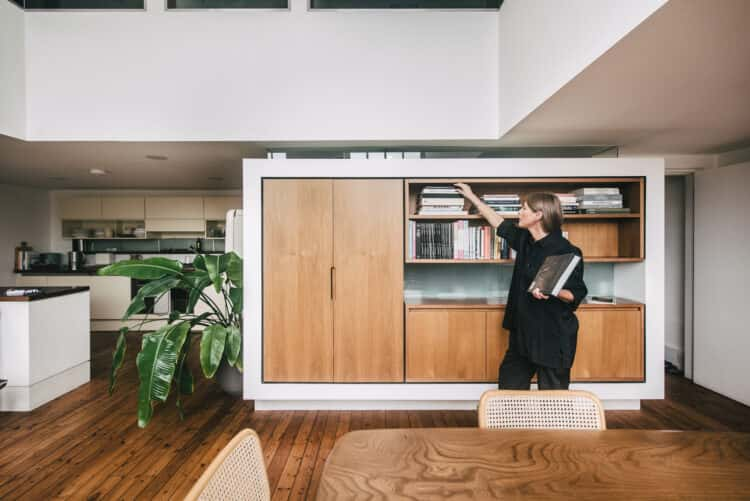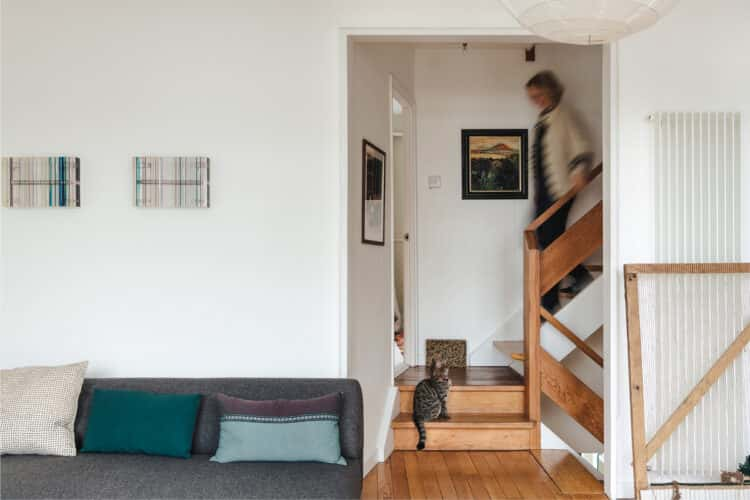My Modern House: Eilidh Izat and Jack Arundell on food, architecture and working from home at their airy Georgian flat in Edinburgh
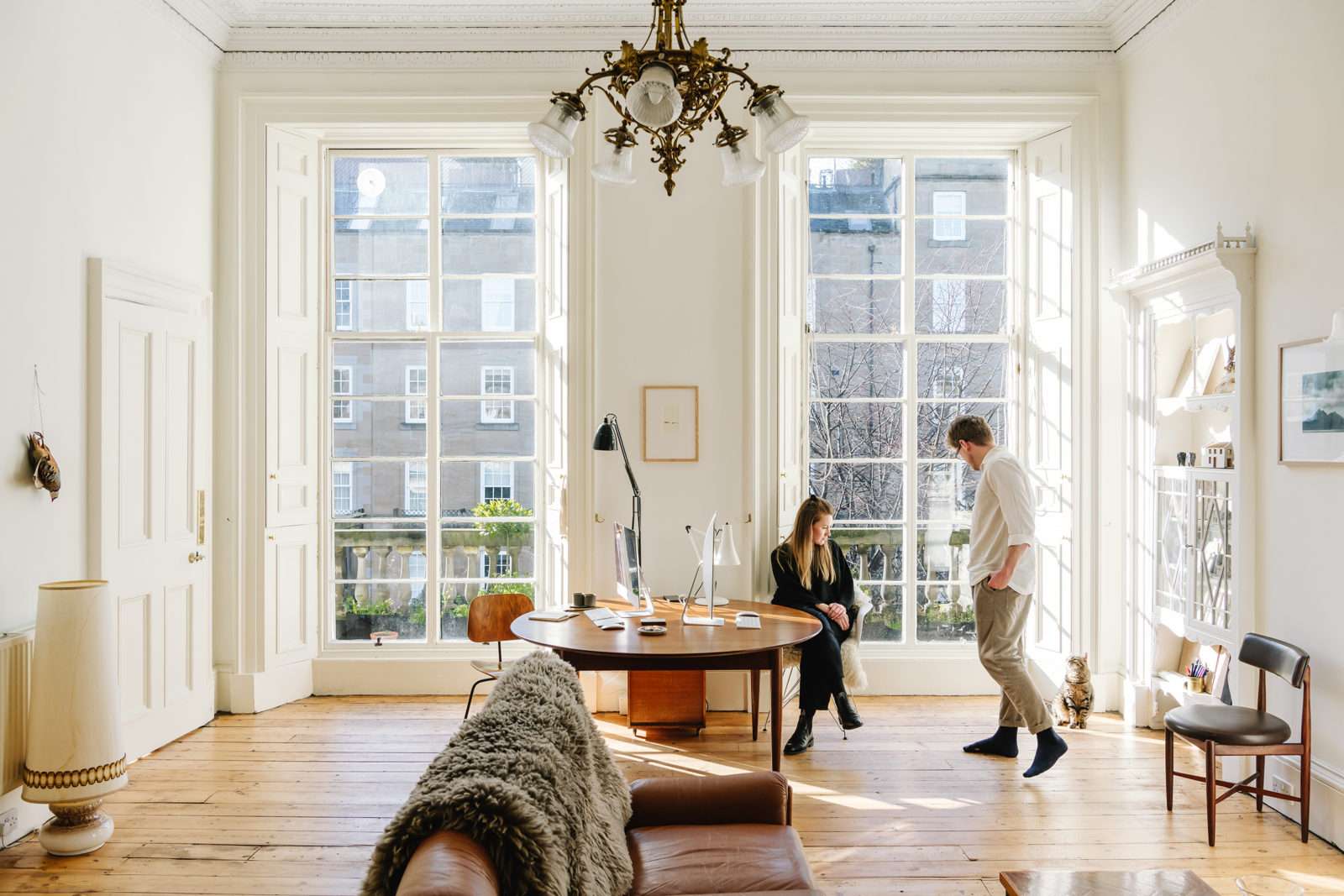
Eilidh: “I said to Jack on our first date, ‘I have just bought a flat, but it’s got a really crappy kitchen.’ ‘I’ll build you a kitchen,’ he said, and that was the deal!
“We met at the Edinburgh Jazz festival in 2014. We moved in together the following month, pretty much. Jack was living with people from uni and I had my own place, so we spent most of our time at mine.
“I remember we were walking one day, and you said, ‘Do you actually mind me staying at yours every single night?’ I was like, ‘It’s fine.’ So, it was an unconscious moving in!”
Jack: “That was the flat we were in before moving here. It was very small, and we quickly realised we couldn’t build the kitchen in the flat, so we approached Namon Gaston, a furniture maker based in Edinburgh, and luckily he agreed to help. I did half the labour at his studio to reduce costs, and we since have worked with him on the kitchen at Porteous, and I have just finished designing and making a chair with him too.
“The kitchen was mine and Eilidh’s first project together, although it wasn’t a conscious thing at the time.”
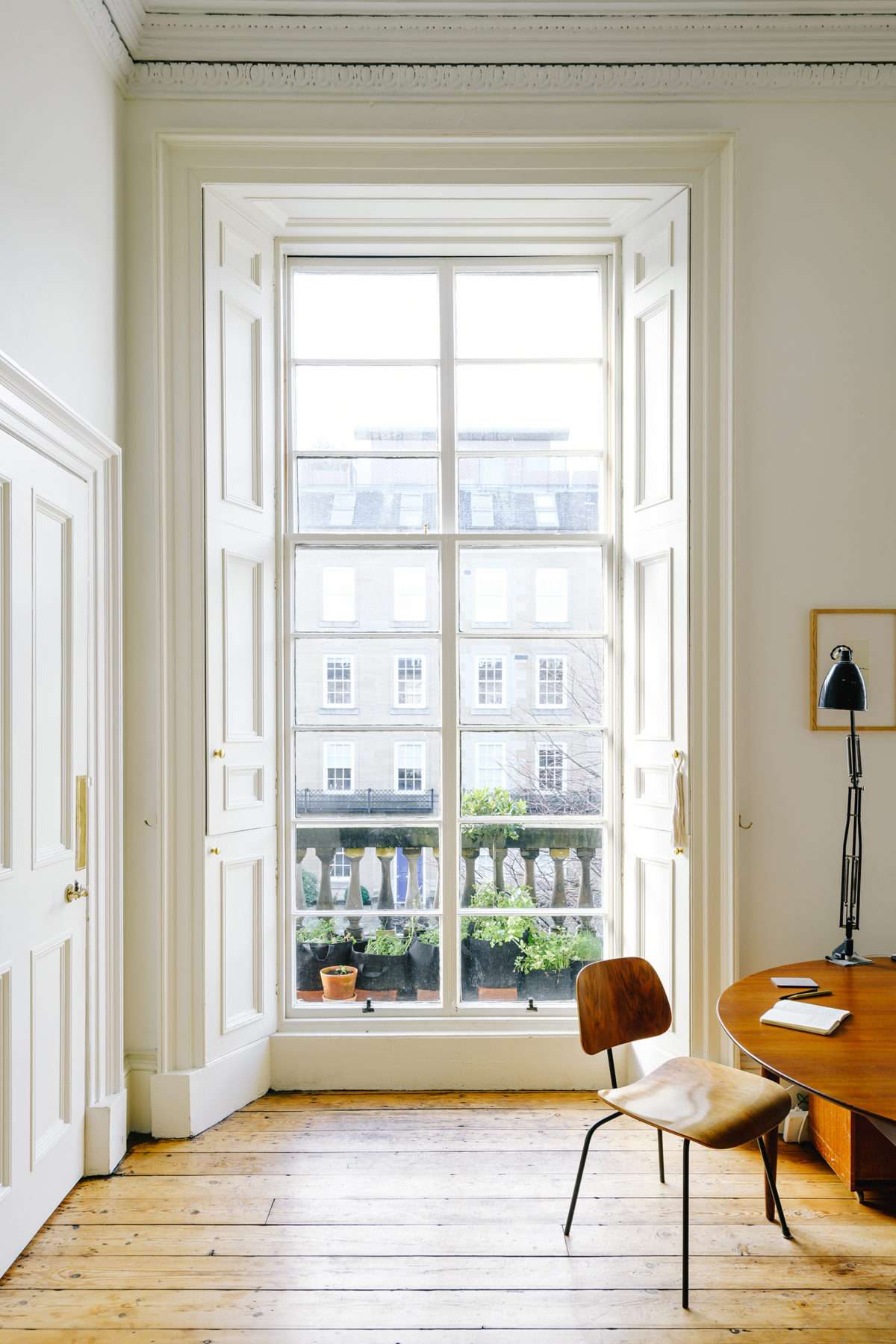
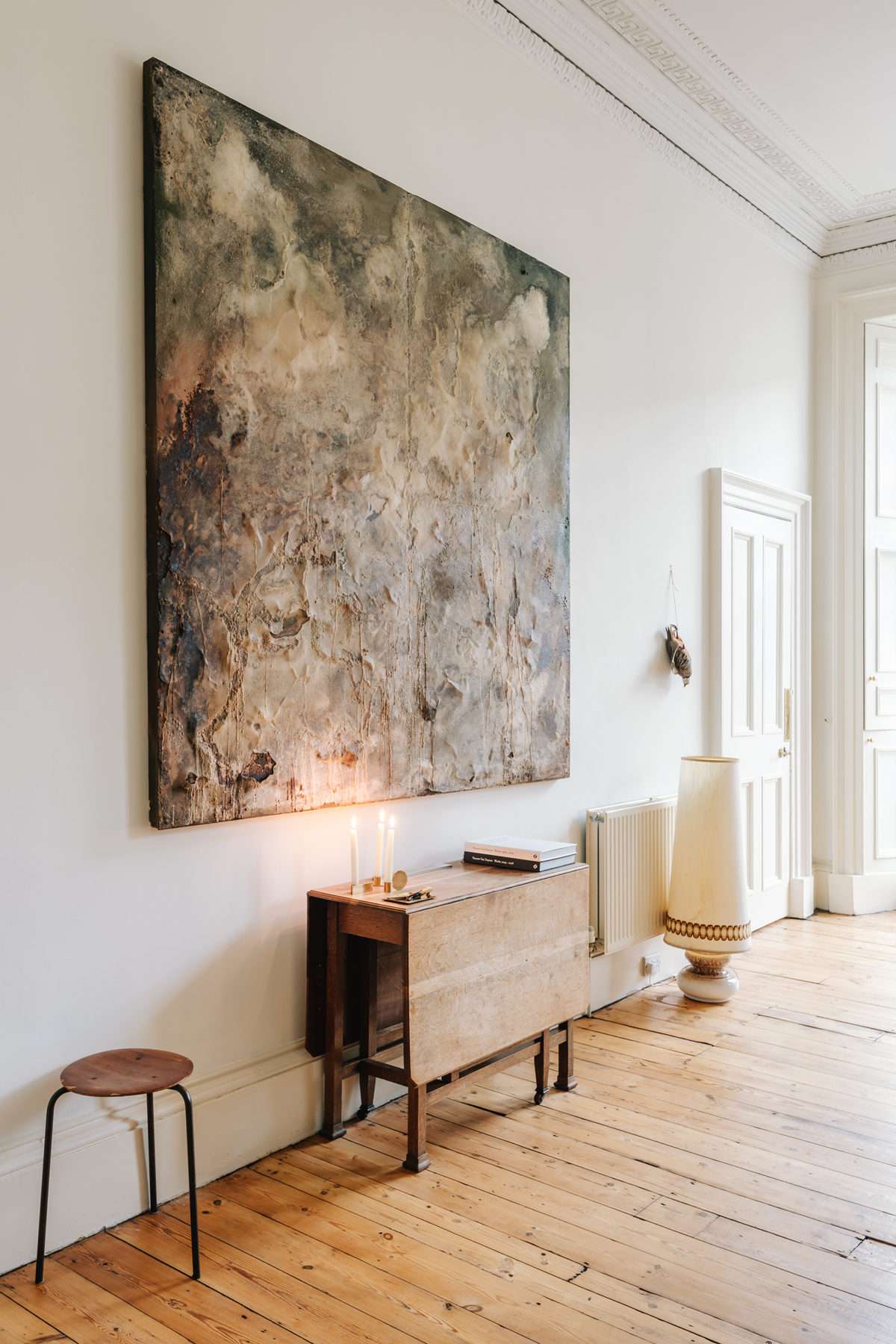
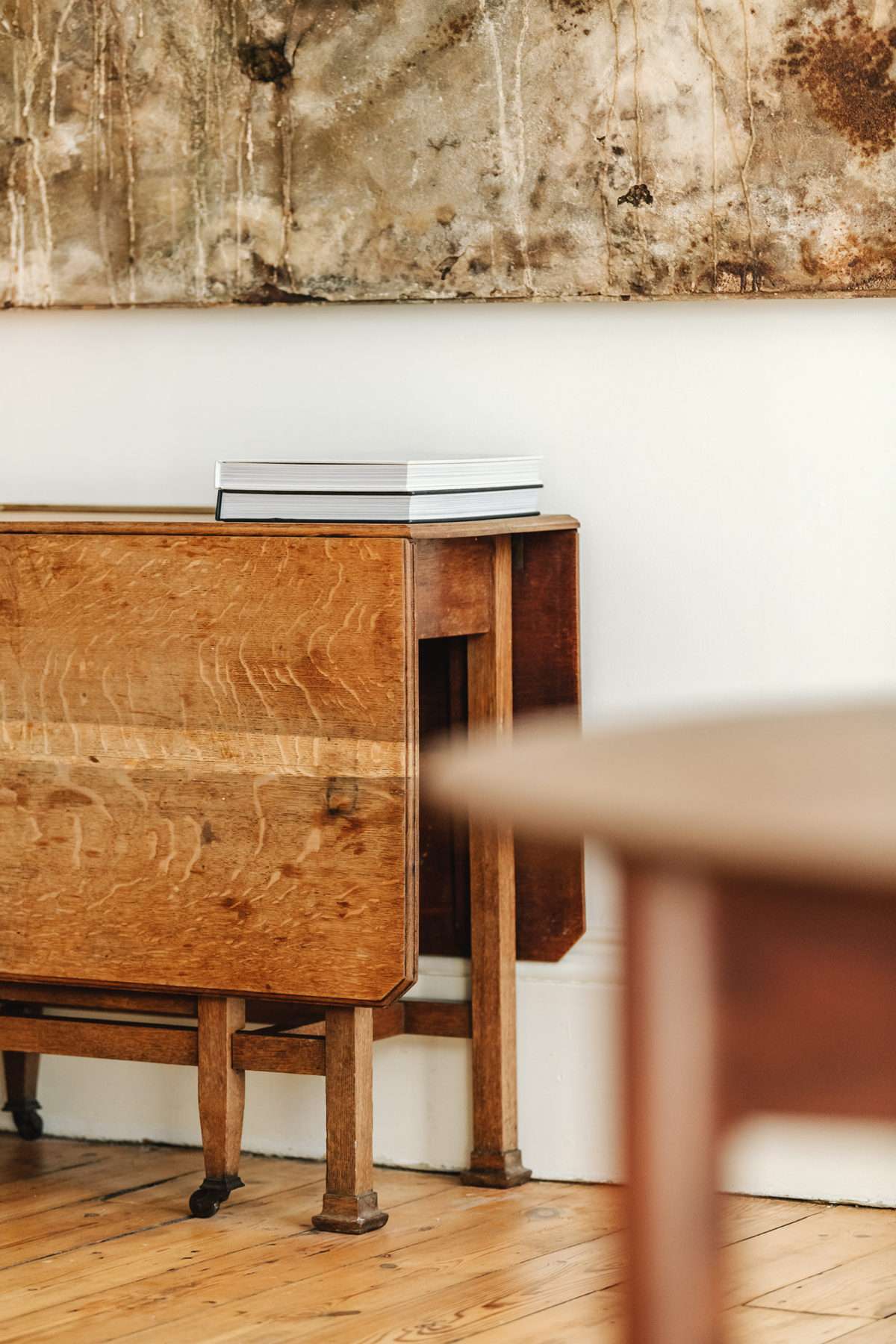
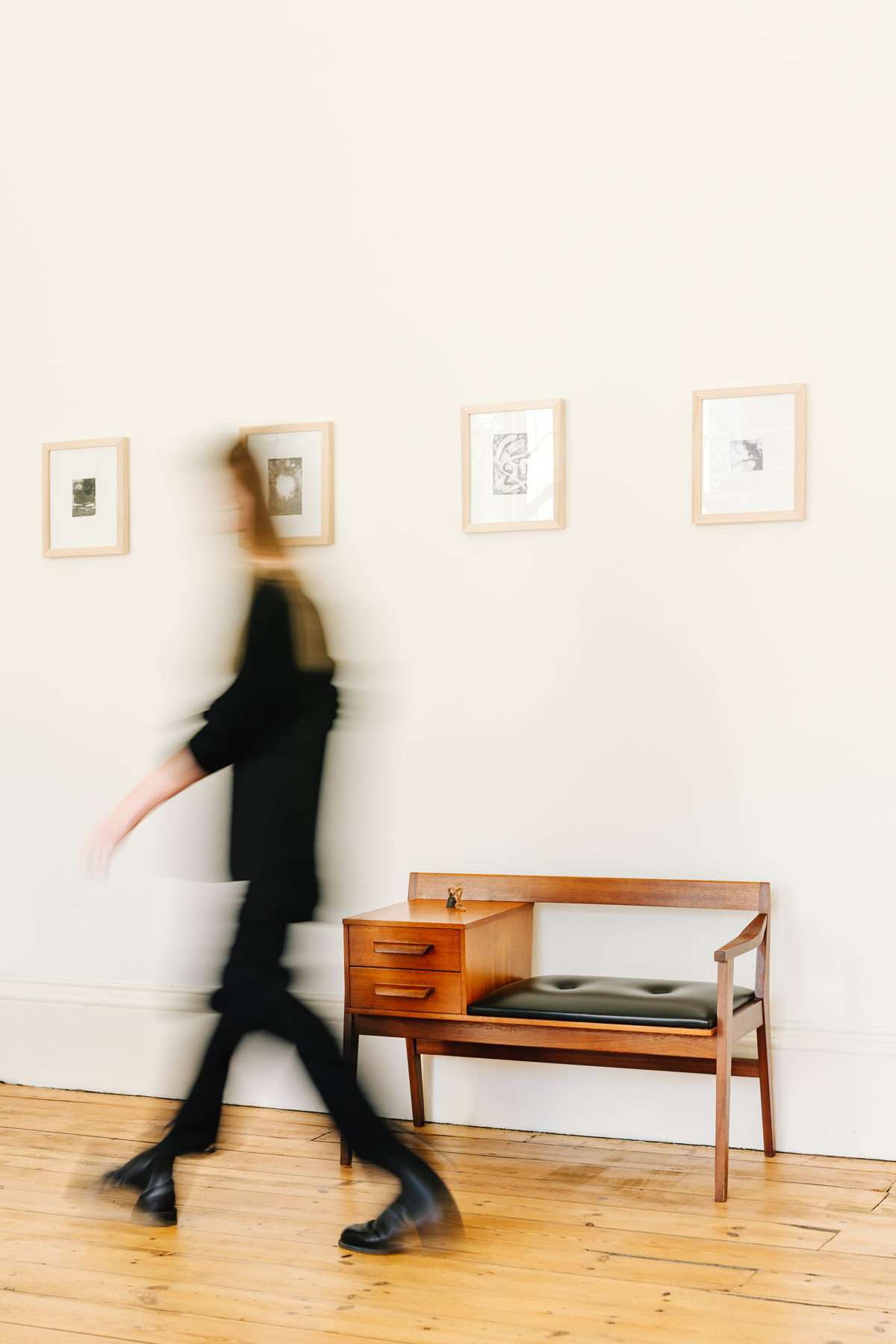
Eilidh: “It turned out to be quite representative of what we do now, which in one part is about architecture and design, and the other about food and cooking.
“I’m a trained architect and run our practice, Izat Arundell. And complementary to that we run private dinners and supper clubs. Jack originally trained as a civil engineer, so is able to help on the design side, but then retrained as a chef so can cook for people too.”
Jack: “It’s quite nice to mix and match because you can see the results of cooking within an hour. But then, whilst that’s going on, the architecture’s also moving at its own pace. And I think it’s amazing that people who like to eat good food and try different things are also people who are interested in architecture and design.
“I think they’re both about living, aren’t they? Living well, and that’s really important. Because you could have the most beautiful space in the world, but if you don’t eat a well-thought-out meal, or something considered, then it can take away from the space, which is interesting because it’s two completely different disciplines, but one can take from the other. And equally, a beautiful meal in a not-so-great home can also give an added boost to the space, to the atmosphere, to the way it’s used.
“And a good dish, I suppose, is almost like architecture, in that what you’re aiming for is something that’s simple in its appearance but there’s a lot more going on, potentially, underneath it. Good food, like a good space, can be enjoyed at face value, but if you want to delve into the actual thought behind it, it’s equally rewarding.
“But you don’t want to force-feed that down people’s throats, I suppose. I find it difficult when you go to eat somewhere, or you go to a building, even, where the cleverness is very direct. It’s nice when you can take it or leave it, you know?”
Eilidh: “After doing the kitchen we were wanting to do a bigger project together. Not that we had any money – it started as a couple-of-glasses-of-wine sort of conversation.
“We looked on the west coast for something, a tiny plot of land or anything, really. Nothing came up for a year and then one lunchtime I looked at a commercial auction website, selected ‘price: low to high’ and found a garage in the Grassmarket, in the centre of town.
“It only had two days left to the closing date and Jack was working 100 hours a week as a chef at this point. He’d get back at 1am and be out again by 7am so we only had a couple of hours to talk about whether we’d go for it. We didn’t have a clear idea but just thought, ‘Whatever, we can do something.’”
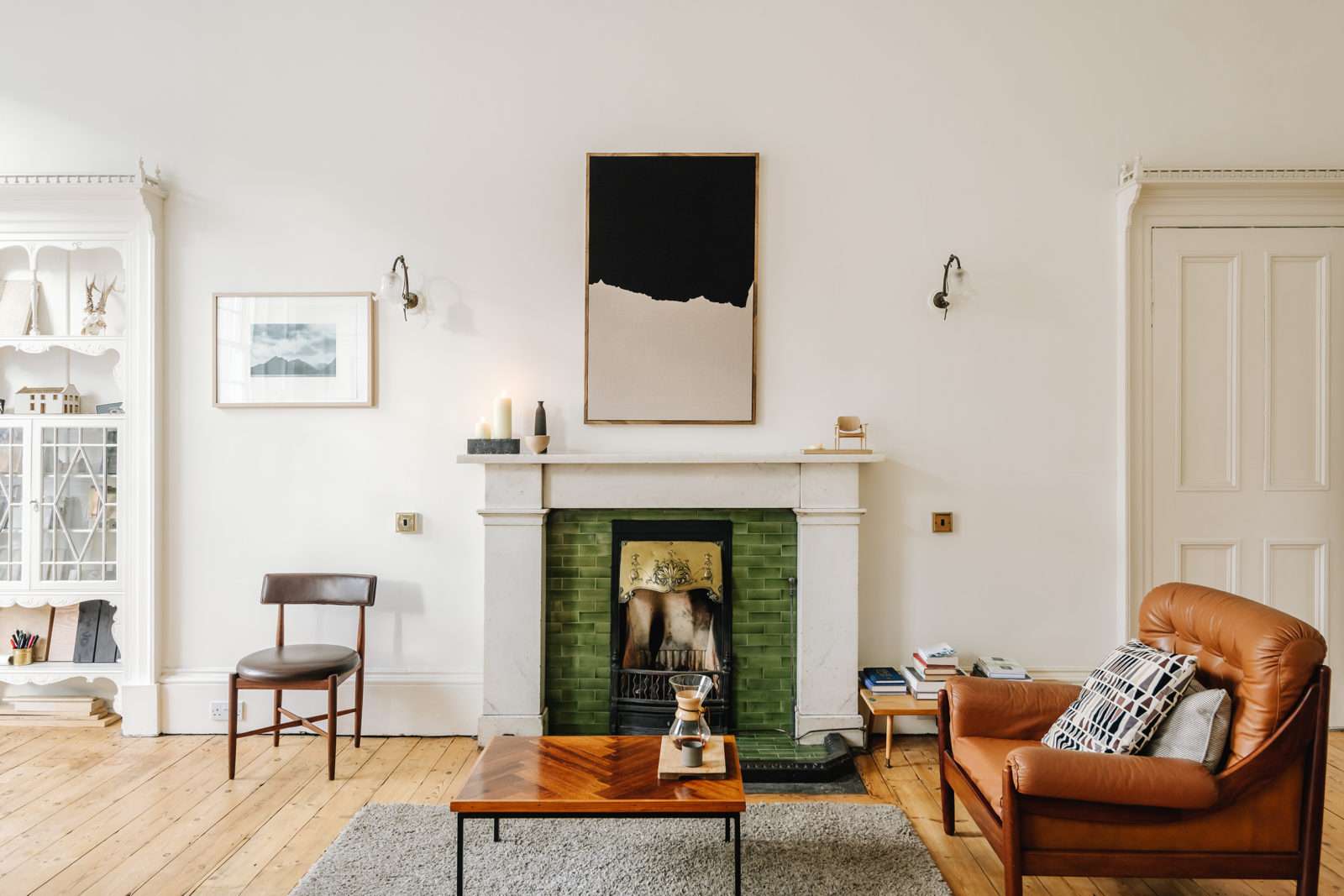
Jack: “Our solicitor thought we were crazy and refused to put our offer in. We had to call her boss!”
Eilidh: “When we won it, we decided to make it into a holiday home that would be simple but beautiful in its design. That’s how Porteous’ Studio came about.
“We designed the space together over the course of a year, but we found it difficult to balance our full time jobs when work started on site. Jack loves cooking so it was a difficult conversion, but the time was right. He has been helping his parents at their house in France for years, so he has a lot of hand-on, practical experience with how sites work.
“There was a lot of learning on the job but it worked out, and we realised the studio would become our portfolio piece that would help set up a practice. I was working at WT Architecture at the time, an idyllic practice just outside of Edinburgh, so wasn’t looking to leave but we had an increasing number of enquiries so in less than a year I decided to go for it, and set up Izat Arundell.
“So that’s where we are at the moment. It’s been almost two years since we set up Izat Arundell and we’ve loved every minute of it. Jack still needs to cook though, and that’s why we do the supper clubs. The Grassmarket, where Porteous’ Studio is, is mainly holiday lets so we feel a bit guilty about adding to that too.”
Jack: “It’s an area which has gone through quite a change recently with, perhaps, less of a focus on the local population. So, us doing dinners and events for local people there hopefully counteracts some of that.
“We’ve done other dinners in a few shops, like a barbecue for Aesop. We’re quite flexible, so we can just turn up somewhere that doesn’t have a kitchen and just wing it and make it work.”
Eilidh: “Edinburgh’s an excellent place to live in that way. It’s a city with so much depth and character, but it’s small enough that you get to know everyone. And it’s a very supportive community. People stop to say hi, work gets passed around and new connections are made all the time. It feels a bit like a secret, so we try to convince everyone we know to come here too!”
Jack: “It’s very easy to get to the countryside or to go to the beach too. And for me, the access to great ingredients to cook with is really special.
“The food culture, though, got a bit lost for a while but that’s ok because it gives you room to experiment and create, which people are doing. Timberyard, the restaurant I used to work at, have been doing it for years. They’re a really big part of the city, I think. They bring a lot of energy to the food scene and lots of chefs who work there go on to open their own spots, so they’re the nucleus, in my eyes, for food in Edinburgh.”
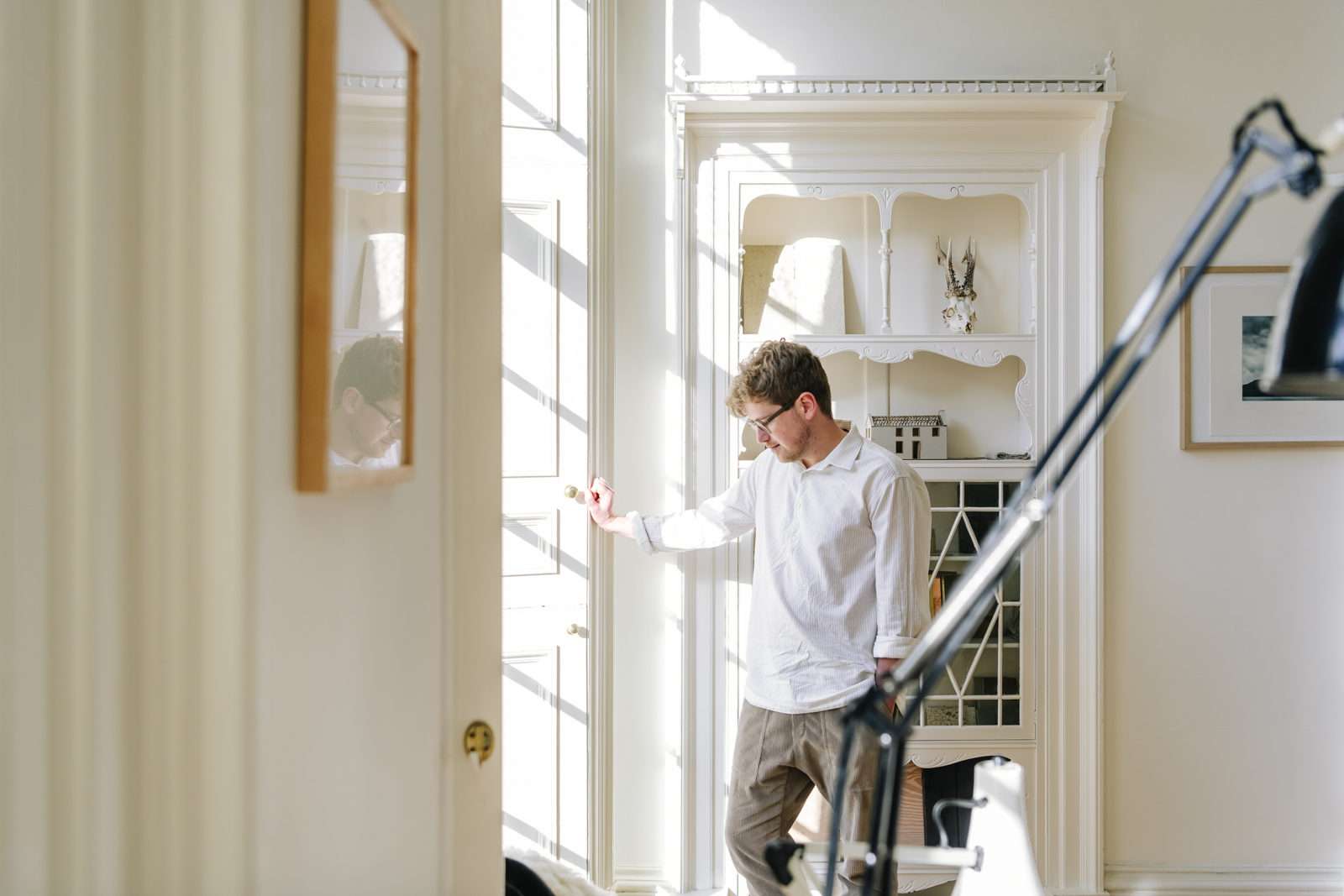
Eilidh: “Things are moving with architecture and design here as well. There’s lots happening just now, but when we set up the practice a lot of people asked, ‘Why don’t you go down to London?’ We had a feeling that we could add something here and make it better.”
Jack: “Yeah. The identity needs to be re-found in Scotland, which is happening. There was a period in the 1950s, 60s, 70s where there was a Scottish identity, but it’s been difficult to find that in Scotland until recently.”
Eilidh: “In the last three or four years it’s been happening, and that’s pretty exciting. But it’s only going to happen if people stay here.”
Jack: “We moved to this flat in 2018. The last place was really tiny, but we worked from there, crammed around the kitchen table, back against the wall…”
Eilidh: “Ready to kill each other!”
“I’ve always preferred working from home, though, and never enjoyed working in a studio. I’m not sure what it is. I think it’s something to do with personal space and having space to think, maybe.”
Jack: “I’m kind of similar. I can’t sit still. I do some work, and then I go out, go to site, or go meet suppliers or do some gardening, and then come back to work.”
Eilidh: “So we were looking for somewhere that could give us a bit more space, and work as a home studio. We came to view this place and when we saw its four-metre high ceilings, huge windows and the balcony, we knew we’d found it.
“The last flat had two windows, so having more light was an important factor and it’s wonderful here. We get sun in the bedroom and living room in the afternoon, and in the summer we open up all the windows and sit out on the balcony. In truth, the giant windows mean winter here is miserable – it’s super cold. It’s worth it, though.”
Jack: “In the summer I have, effectively, a vegetable garden out on the balcony. Last year there were 200 plants, 50 of those were tomato plants alone, then potatoes, cabbages, salad… everything. We even tried to grow melon out there, but it didn’t work. I was hoping for a 2018-style summer.”
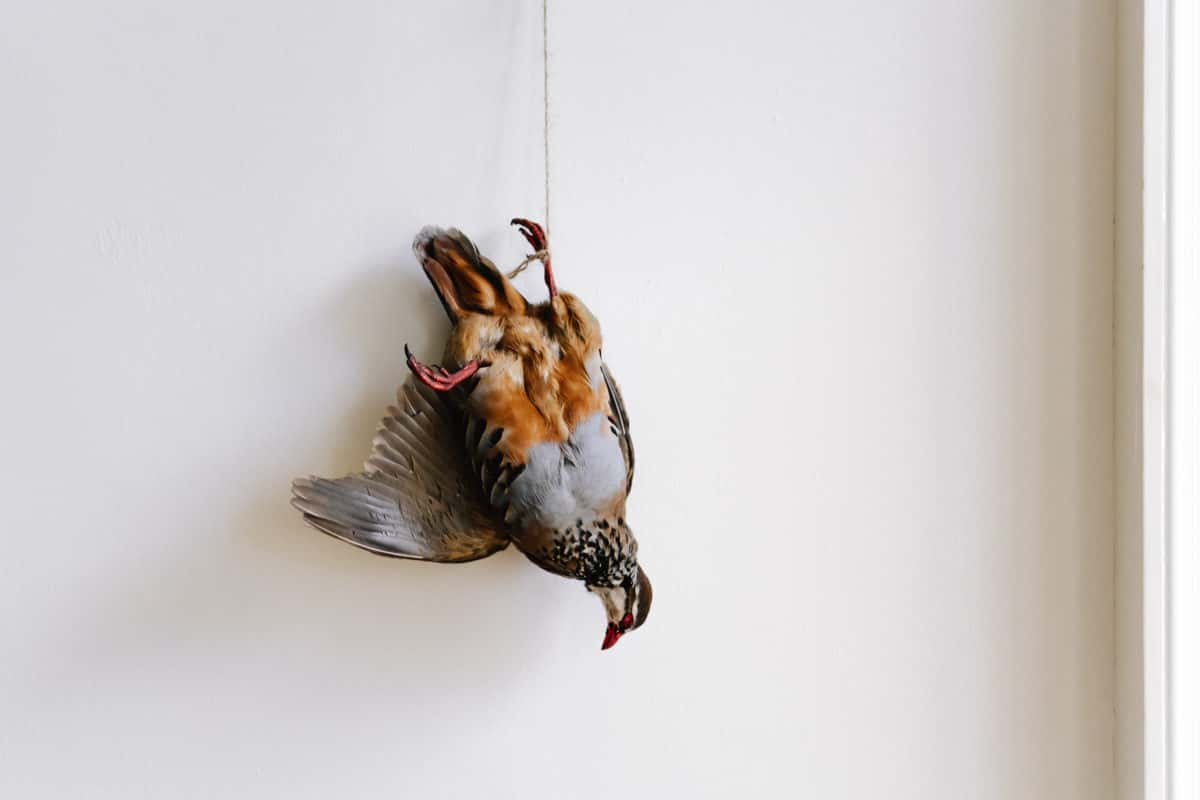
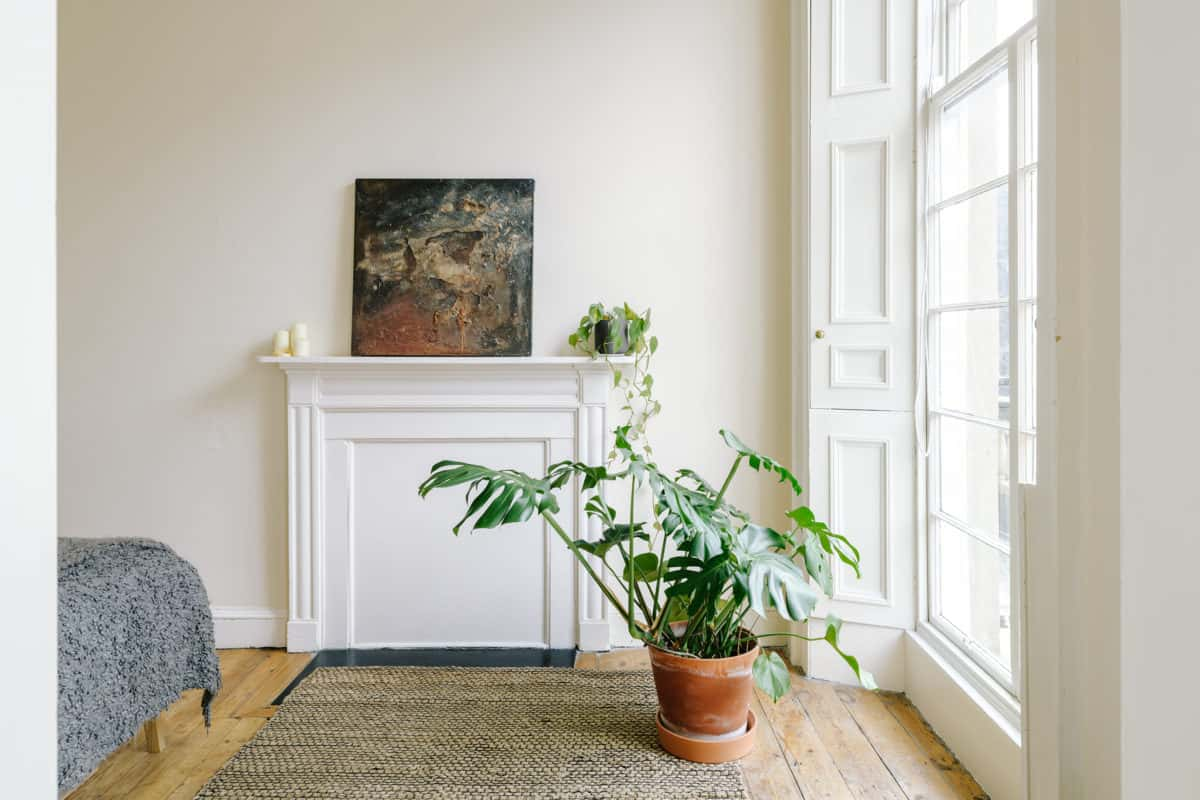
Eilidh: “Inside, we’ve filled this place with things we love and have picked up over the years. We always buy each other a piece of art of furniture for our birthdays, so most things have been bought as gifts.”
Jack: “A lot of it has a connection to Scotland as well, which is nice. Like the taxidermy bird, which I got in payment for cooking a birthday dinner. Fiona Dean, the artist, asked me, “What do you want it to look like?” I just said, “Well, I’m not going to have it looking alive because it’s a dead bird! It can be beautiful even in death” We’re never quite sure where to put it and it was going to go in the studio, but I thought some guests might find it too strange.
“I think we’re pretty similar in terms of what we like, which is lucky. So many people have completely conflicting tastes. Although I’m probably naïve to a lot of stuff, I also know what I want, but I think if we were both architects it would be more difficult.”
Eilidh: “It helps massively in the work we do to have two viewpoints. It makes me really question everything and even though we’ll go on our own journey to get to the solution, because we’ve got similar tastes and style, we’re always heading to the same point.
“Because a lot of people ask, ‘How does Jack add value to the architecture side?’ I don’t know if people think that you need to be an architect to make good architecture, but you definitely don’t. I think you have to have an understanding of the processes and how everything works, but some of the best people in the world who practice architecture are not architects. I wonder if that is because if you just get too sucked into the technicalities and the vision gets diluted.
“We essentially have two sides to the house, one comprised of the main living room/office and bedroom, and the kitchen and bathroom on the other. It means that we can escape to prepare dinner and have a bit of separation.
“This is why we like living here: our lives can still happen at the same time as our work. I think because we’re so busy and we do so many different things, to have an office would actually be quite inconvenient for us. Our lives are so in flux all the time, but this space accommodates that.”
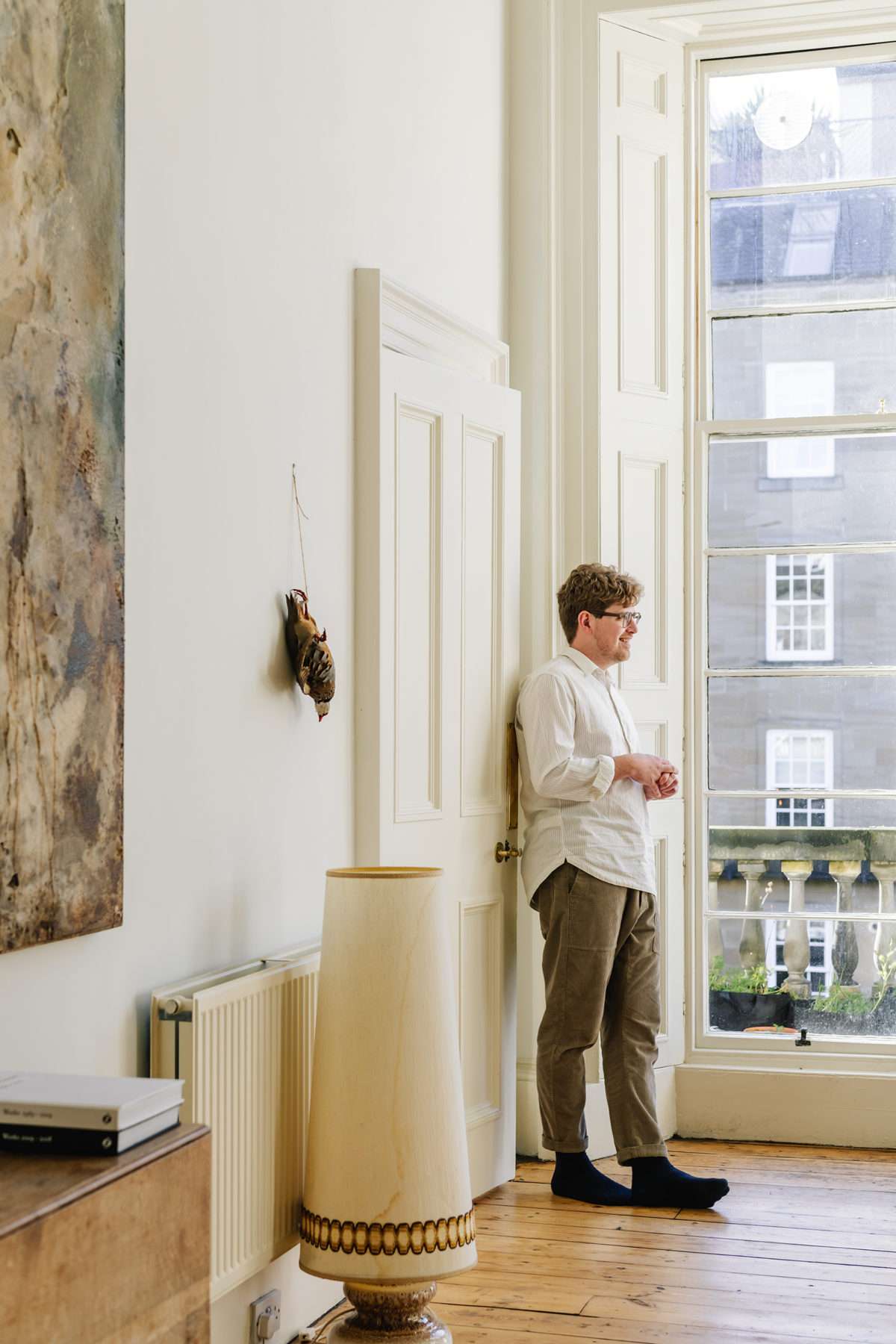
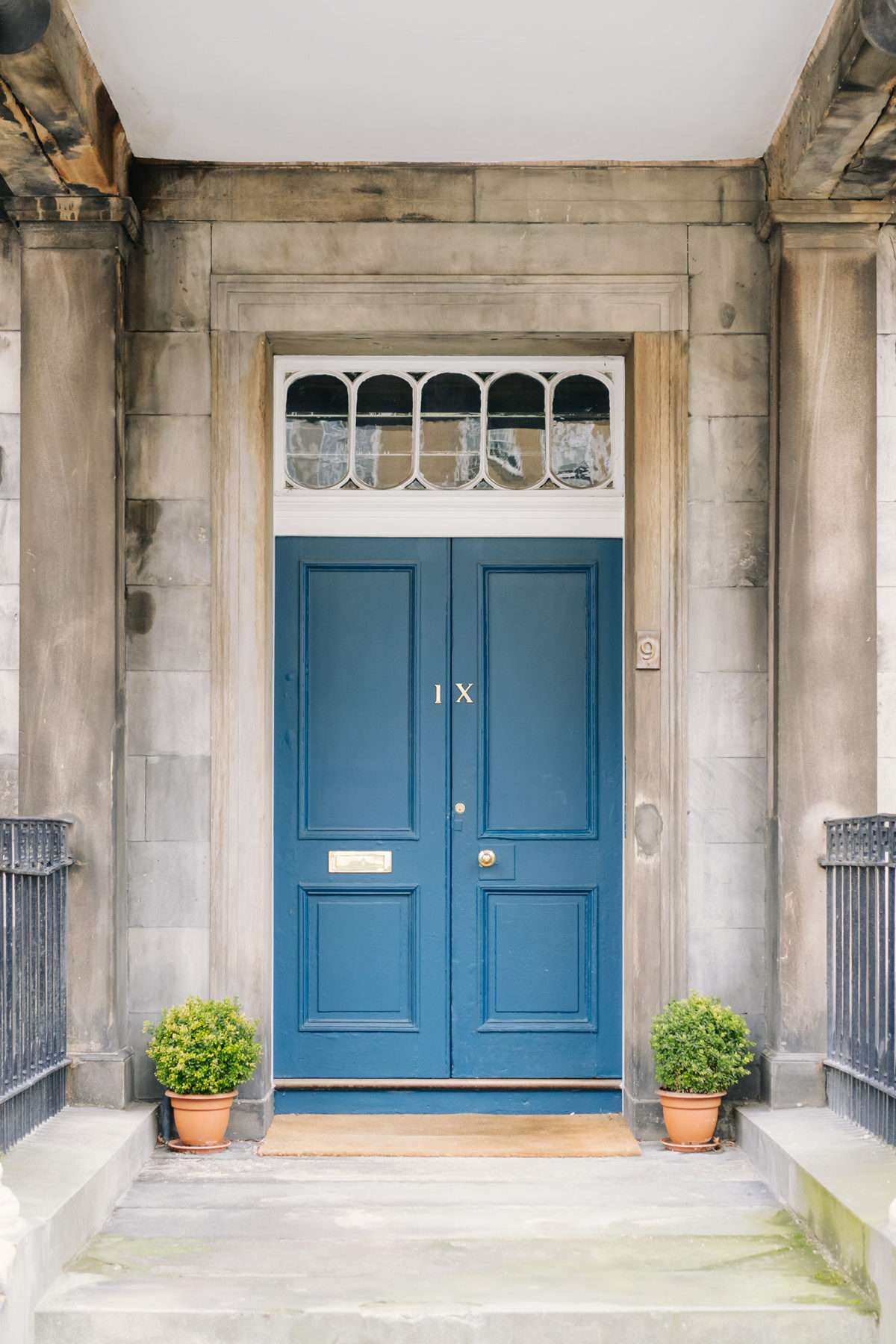
Jack: “For us, modern living is a way of thinking and seeing the world.
“We’re both intensely private and need space to be creative, which is why we choose to live and work from home. This isn’t very common in architecture but feels like the right solution for us. We try to be as open to opportunity and chance as possible, not knowing year on year what might happen. Sometimes this means breaking the rules a little, but it keeps our minds fresh and unburdened.”
Is there a home for sale on our website that has caught your eye? Why?Eilidh: “Currently, Landsowne Crescent but from the archive: Klein House.
“This is quite an easy answer as we’re often drawn to the same aesthetic. At the moment, our favourite home is Landsdowne Crescent. It feels very natural and free, an experience often only achieved in an architect’s own home.
“However, our all-time favourite is the Klein House, but we’ll keep our thoughts for another article! The building is a good example of collaboration between architect and client and we often reference it for inspiration in our own work.”
